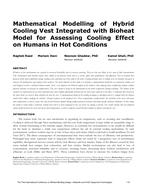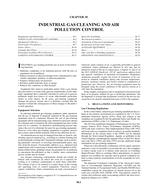With advancements in construction methodologies, residential building envelopes may now be constructed in ways not considered only short time ago. This is particularly true of residential construction, where platform-framed wood structures with cavity insulation only have dominated the market since the 1930’s. However, with an increased emphasis on energy efficiency, envelope air-tightness and thermal comfort have resulted in many alternatives to traditional wood frame construction. These alternatives, broadly classed here as modified wood frame and non-wood frame assemblies, have unique benefits, failure modes, and construction applications that require an increased sophistication on behalf of the builder, designer, and approving authority. To more fully understand how this will affect residential home construction, we will perform and analysis of several established alternatives to conventional wood frame construction, identify common sources fro failure with respect to vapour control and thermal performance, and discuss existing means to address these failures in advance of building construction through appropriate testing mechanisms. This will largely be covered under standards test methodologies developed to evaluate air barrier performance of air barrier systems as installed.
Citation: Cold Climate Conference, 2012
Product Details
- Published:
- 2012
- Number of Pages:
- 8
- File Size:
- 1 file , 830 KB
- Product Code(s):
- D-CCC12-25


